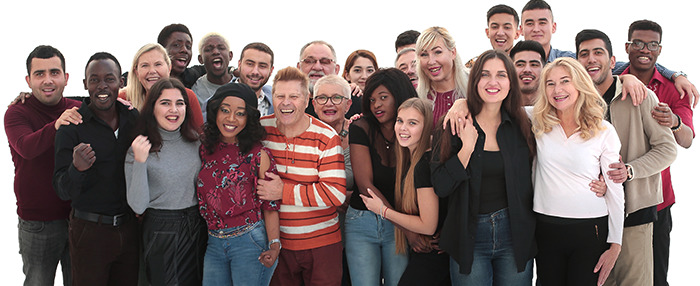Wellbeing is Community Work

Wellbeing is not a solo pursuit—it is deeply rooted in the connections we share with others. At its core, wellbeing is community work. While individual practices like meditation, exercise and healthy eating are important, true and lasting wellbeing flourishes in the context of supportive, inclusive and connected communities.
When we feel seen, heard and valued within a group our nervous systems settle. We experience a sense of belonging that reinforces our identity and purpose. This isn’t just emotional—it’s biological. Studies show that strong social bonds can reduce stress and improve mental health.
Community wellbeing goes beyond surface-level interactions. It involves showing up for each other, listening deeply and holding space for people. Leader’s modelling vulnerability and asking staff “are you ok”?
Being mindful and present when holding space for those staff who need to be listened to and being fully present.
Importantly, communities must also be places where trauma is acknowledged and healing is supported. In diverse or historically marginalized groups, collective healing can be a powerful form of resistance and regeneration. Practices like shared storytelling, group movement, community rituals and mindfulness practices can reconnect individuals with their bodies, their histories and each other. In remote and culturally rich areas, such as Indigenous communities, the role of collective wellbeing has always been foundational. Here, the health of the individual is inseparable from the health of the land, culture and community.
Wellbeing is not something we achieve alone. It is something we nurture together—through shared responsibility and mutual respect. When we invest in each other’s wellbeing, we all rise. In this way, caring for the community becomes one of the most powerful forms of self-care. After all, we heal together. We thrive together.